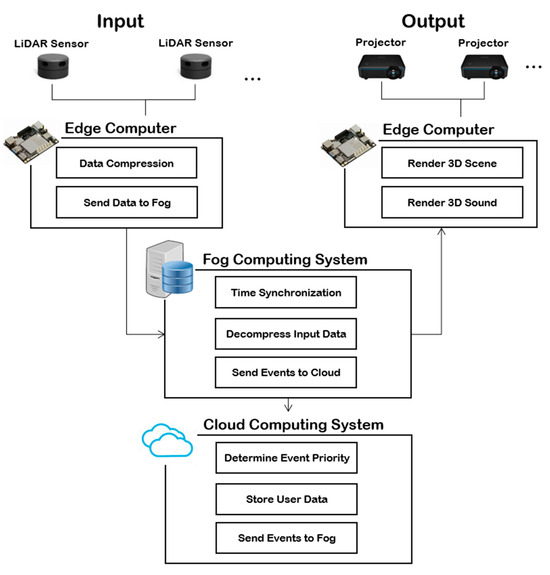


Cloud Gaming: The Next Frontier of High-End, Accessible Video Game Entertainment
The landscape of video gaming is experiencing a tremendous transformation, with cloud gaming at the forefront of this evolution. No longer reliant on physical media and costly equipment, gamers are embracing a new era where high-quality gaming is available on a range of devices — from smartphones and tablets to budget laptops. This shift is more than a mere convenience; it signifies a profound alteration in how games are delivered, accessed, and enjoyed.
Cloud gaming is reshaping the gaming world by eliminating one of its most persistent obstacles: the necessity for expensive, powerful hardware. Thanks to sophisticated streaming technology, players can engage with graphically demanding, triple-A titles without possessing a top-tier gaming PC or console. The heavy processing is managed by remote servers, enabling users to stream gameplay directly from the cloud in real time.
Leading services like NVIDIA GeForce NOW, Xbox Cloud Gaming, and PlayStation’s cloud offerings are at the forefront of this transition. Similar to how digital currencies such as Cardano (ADA) make financial systems more accessible, cloud gaming democratizes premium gaming experiences — regardless of a player’s location or the device they utilize.
Separation of Hardware from Performance
The key advancement of cloud gaming is the separation of performance from physical devices. In the past, a game’s performance was closely linked to the specifications of the user’s hardware — GPU, CPU, RAM, etc. Now, with cloud gaming, these specifications are managed by powerful data centers that stream gameplay to the player’s device.
This approach mirrors the evolution seen in cloud computing, where software applications no longer require execution on powerful local machines. For gamers, this translates into seamless transitions between devices, instant game updates without lengthy downloads, and reduced energy consumption — since their devices are no longer tasked with heavy processing.
For families, casual gamers, and even dedicated players, this accessibility is transformative. It enables greater flexibility, especially as infrastructure continues to advance.
The Importance of High-Speed Internet
The emergence of high-speed internet — especially 5G and fiber-optic broadband — plays a crucial role in enabling cloud gaming. These technologies significantly lessen latency, which has historically hampered streaming gameplay.
In urban regions with strong internet infrastructure, cloud gaming can now match the responsiveness of traditional consoles. Multiplayer experiences, once considered too demanding for cloud platforms, can now be enjoyed with minimal lag. This development allows players in less accessible areas to enjoy the same high-end content as those in larger markets, fostering a more inclusive global gaming community.
Addressing Rising Hardware Prices
The expense of gaming hardware has surged in recent years. Top-of-the-line graphics cards can cost as much as an entire console, particularly during global supply chain disruptions. When adding expenses for peripherals such as high-refresh-rate monitors, SSDs, and cooling systems, the total cost can become overwhelming for many.
Cloud gaming provides a budget-friendly solution. Just with a mid-range smartphone, basic laptop, or even a smart TV, users can tap into elite gaming experiences. This affordability is drawing in a new audience of gamers — those who are keen on gaming but hesitant or unable to invest in costly equipment.
Subscription Models That Widen Access
Cloud gaming further introduces an innovative financial model that benefits both consumers and the industry. Subscription services — akin to Netflix or Spotify — offer access to extensive game libraries for a monthly fee. This approach lowers the initial expenditure required for gaming and promotes exploration across a broader array of titles.
Microsoft’s Game Pass exemplifies this model. With a single subscription, users can access games on the cloud, console, and PC. This flexibility diminishes the entry barriers for newcomers and casual gamers, expanding the market and boosting engagement overall.
Surmounting Challenges with Creativity
Although cloud gaming holds great promise, it faces challenges. Concerns regarding latency, data caps, and service interruptions are legitimate. Nevertheless, ongoing innovations are effectively tackling these issues. Techniques such as predictive loading, edge computing, and adaptive streaming are enhancing the quality and reliability of cloud-based gameplay.
Internet service providers (ISPs) are also beginning to recognize the significance of gaming traffic and are introducing plans that prioritize high-bandwidth usage. As demand increases, competition among providers is expected to result in improved services and more competitive pricing.
Game developers are evolving as well. Instead of retrofitting existing games for the cloud, many are now crafting cloud-native titles. These games are designed to take full advantage of the massive processing capabilities of server clusters, allowing features that were once unattainable — such as real-time difficulty scaling, dynamic asset streaming, and the creation of expansive, intricate game worlds.
A Pathway to Future Innovations
Cloud gaming is not merely a transitional phase; it is a pathway to the next generation of interactive entertainment. As it converges with emerging technologies like virtual reality (VR), augmented reality (AR), and artificial intelligence (AI), the
No Comments
To comment you need to be logged in!